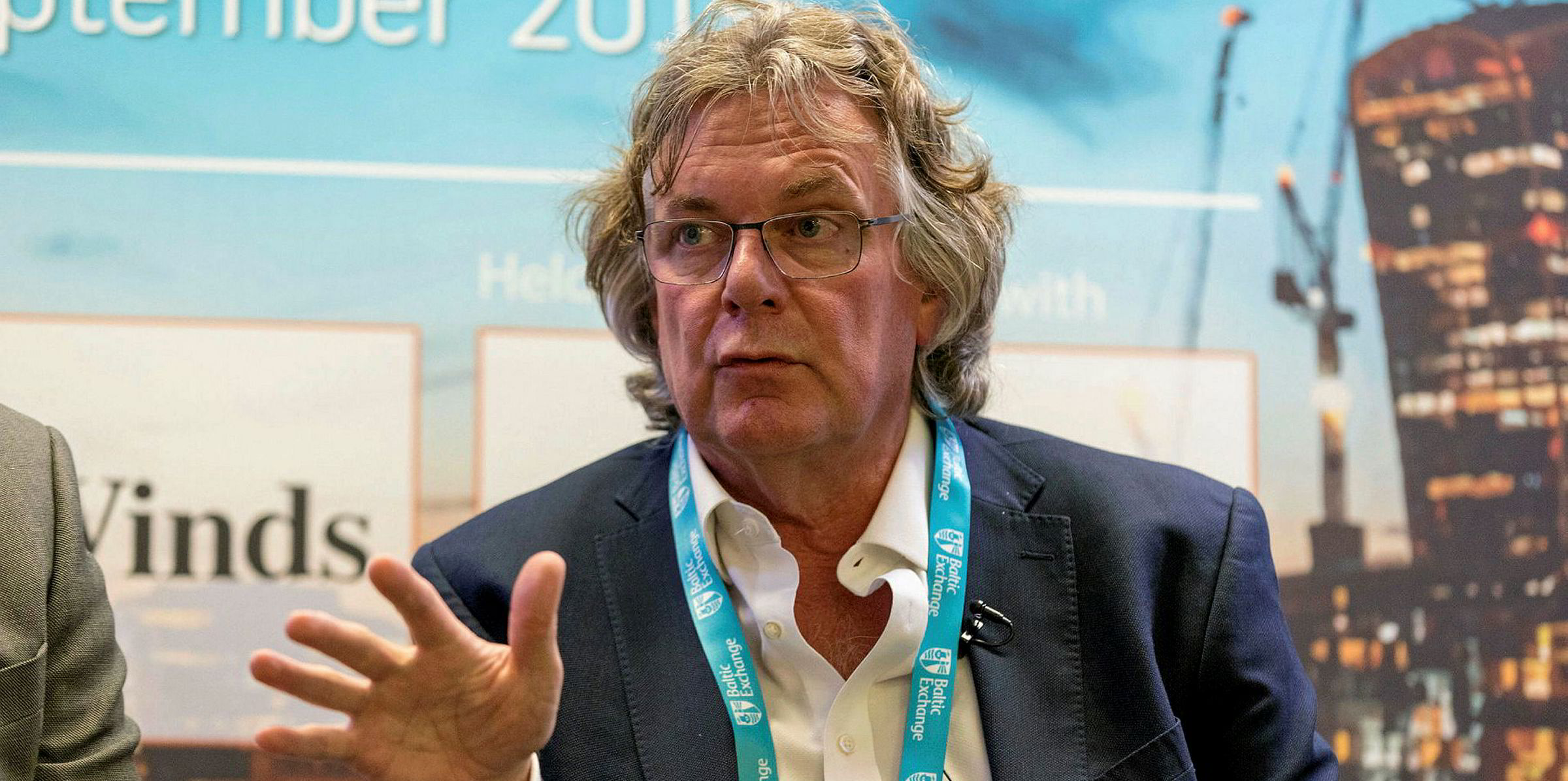Between COP21 in Paris in 2015 and COP27 in Egypt in 2022, the world’s CO2 emissions have increased by 3%.
This article is part of a series written by people across shipping in response to this question about how to deploy a hypothetical TradeWinds Sustainable Shipping Fund:
How, where and why would you invest $1bn for the best return in sustainable shipping, as the industry grapples with the need to cut carbon emissions, improve efficiency and keep cargoes moving in a world facing multiple economic and political challenges? The investment will be made now and ideally held for the next seven years to the end of the decade. As an added bonus, give one policy or regulation you would like to implement from 1 January 2023 to benefit shipping?
This is little and could be construed as having been a welcome slowdown in the increase of emissions.
Due to Covid-19, world emissions dropped by 5.2% between 2019 and 2020. But without Covid-19, the increase in CO2 emissions between COP21 and COP27 would have been closer to 8.5%.
Despite the realisation that we are heading for disastrous short-term climate changes, we have not done anything tangible to decrease our CO2 emissions.
One could even argue that we are making things worse.
Take cars as an example: helping older cars to last longer and building lighter new ones (who needs cars with a top speed of 220kph when the speed limit is 130kph?) are two steps that require no fresh technologies and can be implemented right now. These steps would see car emissions drop by probably 40% within a few years. Instead, we are embarking on a total renewal of existing cars by electric cars.
Electric cars do not decrease CO2 emissions; they merely displace them from the exhaust pipe to the coal-fired power-plant chimney stack.
And there are countless other examples of the wrong things being done, all driven by kicking the “growth” can down the road rather than being driven by a genuine target of lowering emissions.
Less shipping
So why would shipping be different? The odds are that the wrong steps are going to be taken and will have to be reversed at some stage.
One example of a wrong step is the focus on efficiency at the ship level: what is the point of emitting 10% CO2 less on every ship if at the same time the fleet is increasing in numbers by 20%?
This efficiency drive is now mainly underpinned by the quest for the “holy” fuel of the future: the fuel that does not emit CO2 during its combustion.
There is only one: hydrogen.
It will be a viable alternative to heavy fuel oil and LNG way past the longest investment horizon of most investors.
The only short-term way to decrease shipping emissions is to reduce seaborne trade.
But that is not an investable proposition.




